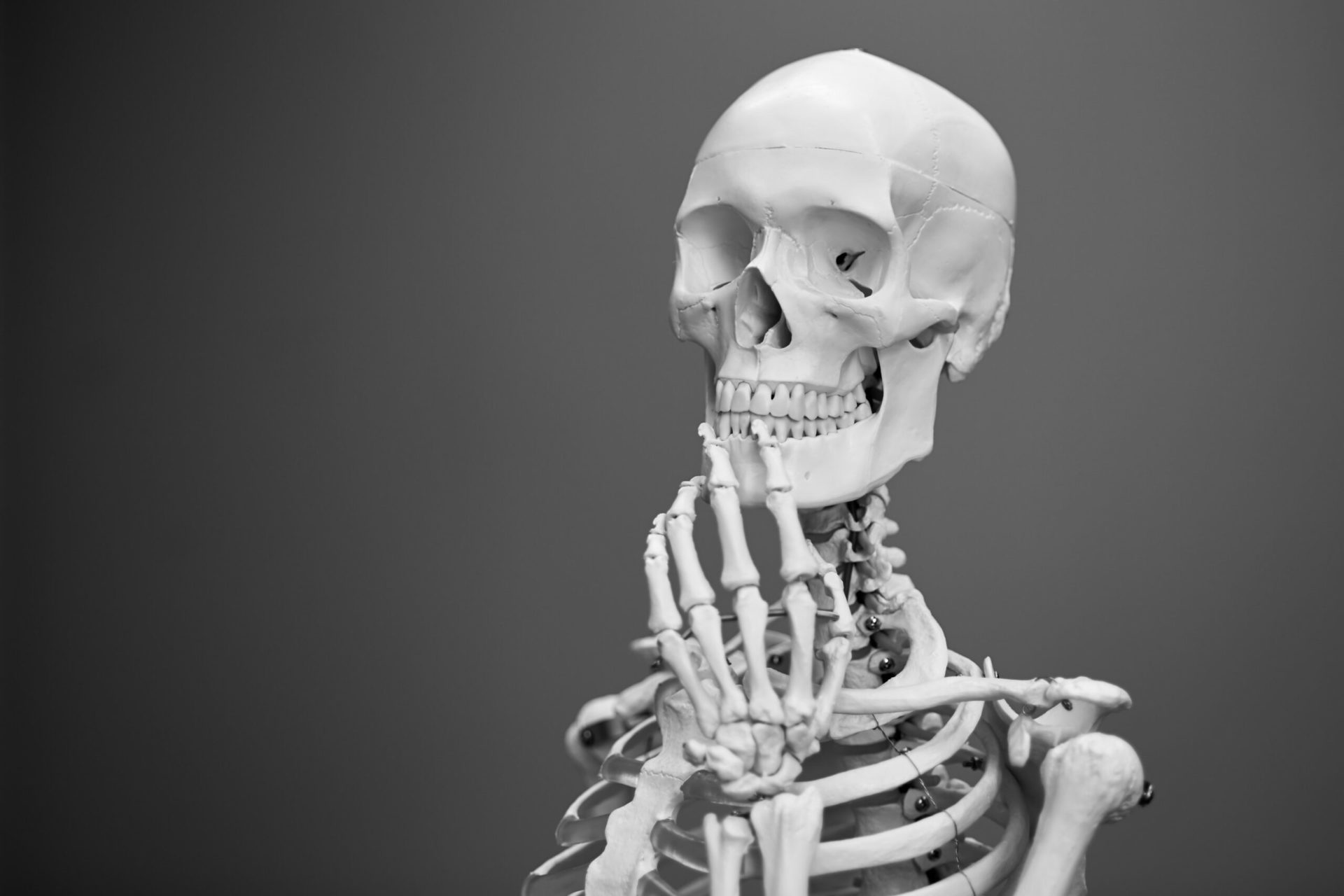How exercise can increase bone strength: Why regular exercise is the key to healthier and stronger bones.
[responsivevoice voice=”UK English Female” buttontext=”Listen to this”]
Exercise has many benefits! We all know that exercise is important for many areas of our lives; muscular strength, cardiovascular fitness, maintaining a good physique but what about bone strength? Regular exercise is important for building healthy bones in your early years but also throughout your life, strengthening your muscles and bones and reducing your risk of a fracture.
How many people actually think about exercising to strengthen bones or prevent fractures? There are many reasons why it is important to have strong bones.
Bones not only serve as a framework for our body, but also have essential roles such as protecting vital organs, making blood cells and storing minerals. Unhealthy bones can le ad to fractures which may result in significant morbidity and limitations in daily activities.
ad to fractures which may result in significant morbidity and limitations in daily activities.
Whether you have osteoporosis or not, finding out and engaging in suitable exercise will help you gain confidence and reduce your risk of breaking a bone.
How do I know which exercises are right for me?
There is a challenge in knowing which exercises to do of course. High-impact exercise can help us to improve our bone density but if bones a fragile, then this may risk casing a break – which is why choosing the right exercise is crucial. Here’s a great article listing bone strengthening exercises and explaining how to complete them properly.
There are many different types of exercises and all of them offer health benefits. The two types of exercise that are most effective for building strong bones are weightbearing exercise and strength-training exercise.
Weight-bearing Exercise:
The best exercise for your bones is the weight-bearing kind, which forces you to work against gravity. When your feet and legs carry your body weight, more stress is placed on your bones, making your bones work harder.
Examples of weightbearing exercise include:
- Brisk walking and hiking
- Jogging/running
- Dancing
- Tennis
- Stair climbing
Strength-training Exercise:
During strength-training activities, resistance is added to movement in order to make muscles work harder and, over time, become stronger. The most common strength training methods include using weight machines, working with free weights, or doing exercises that use your own body weight (push-ups, for example).
Although these resistance exercises focus on increasing muscle mass, they also put stress on bones and have bone-building capacity, so there should be a balance with body-weight exercise.
How will it work for me?
 If you conduct in enough exercise, not only will you feel good and reduce the risk of osteoporosis and fractures, but you will also see the benefits for your heart and reduce the risk of many other conditions. Regular and controlled exercise helps may types of pain and stiffness and specific exercises can also help with the pain and problems caused by fragility fractures. To put it simply, exercise will do you a world of good, but it’s particularly healthy when encouraging strength and stability in bone structure.
If you conduct in enough exercise, not only will you feel good and reduce the risk of osteoporosis and fractures, but you will also see the benefits for your heart and reduce the risk of many other conditions. Regular and controlled exercise helps may types of pain and stiffness and specific exercises can also help with the pain and problems caused by fragility fractures. To put it simply, exercise will do you a world of good, but it’s particularly healthy when encouraging strength and stability in bone structure.
To really reap the benefits of exercise, you should look to add flexibility and balance training to the mix. All exercise sessions should end with stretching — and not just for the mental relaxation benefits, but for physical ones too. Increasing your flexibility improves your ability to move easily and can reduce your risk for injury.
Exercise is important for everyone at all stages of their lives, but is especially important for people with osteoporosis and at risk of fracture – if you have some examples that have worked well for you, we’d love to hear about them!
[/responsivevoice]

